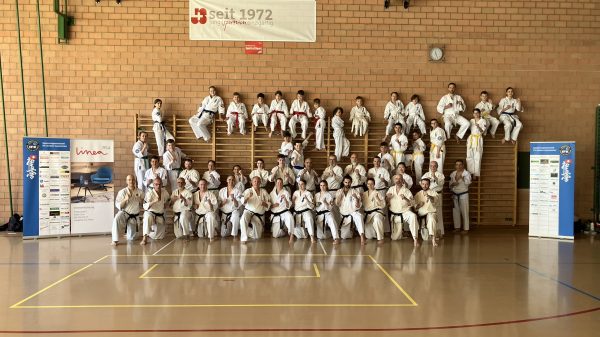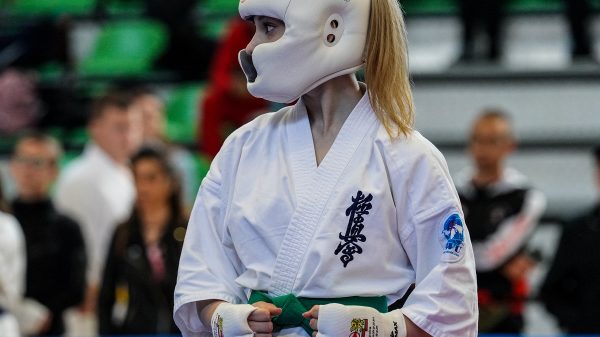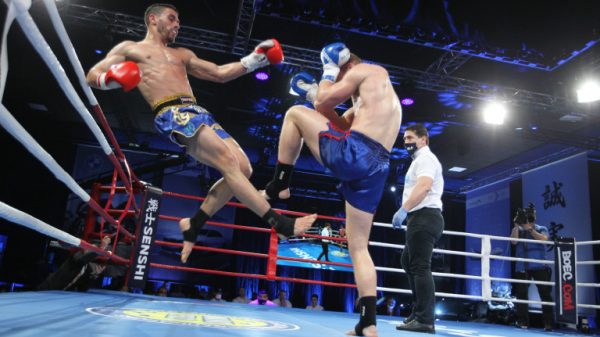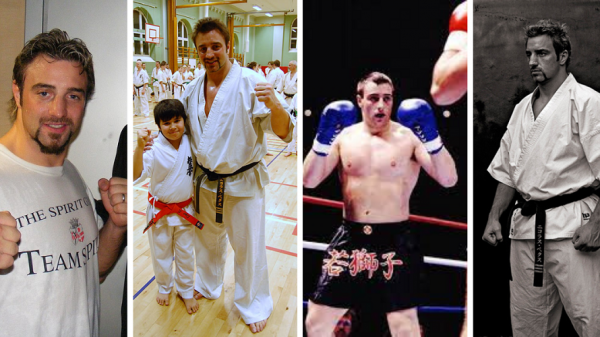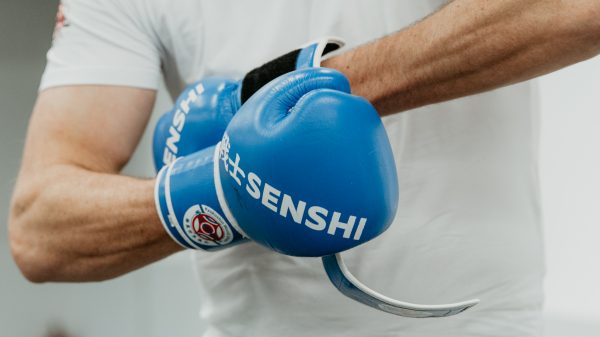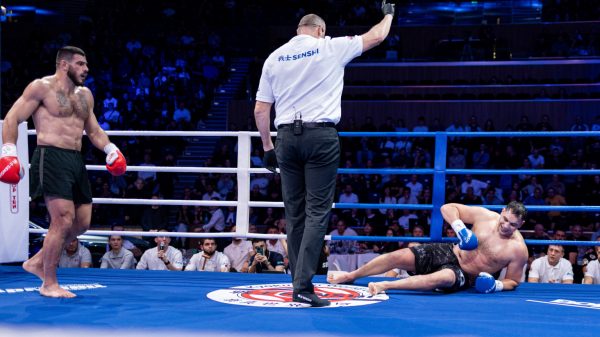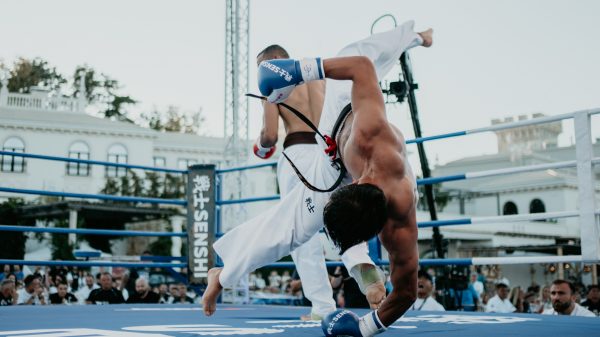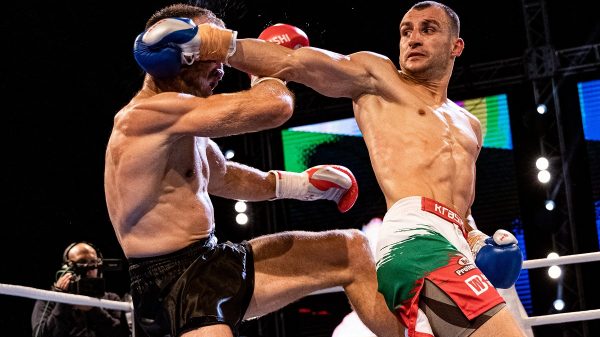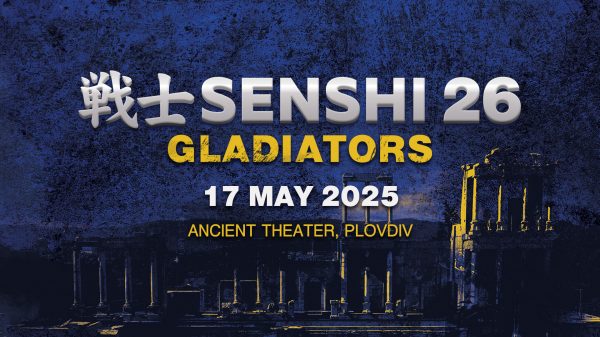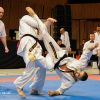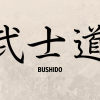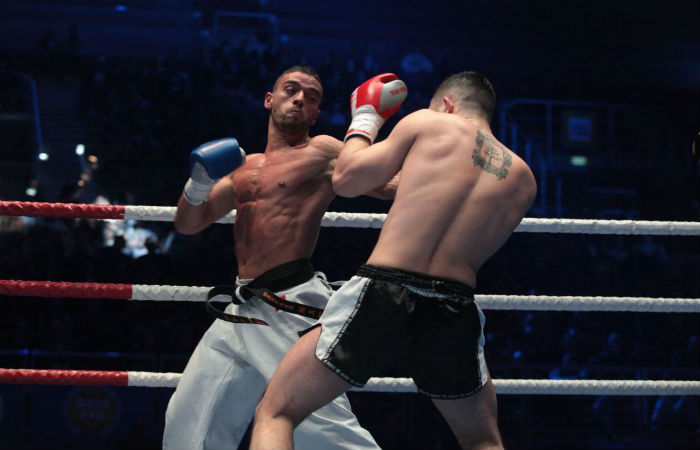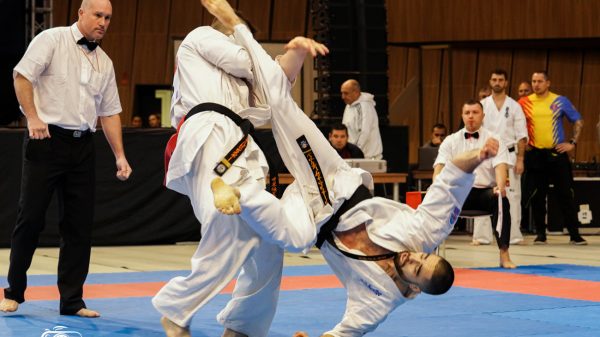In this modern day, most martial arts turned from a mystery to a commercial product
– be it for gym centers or entertainment media.
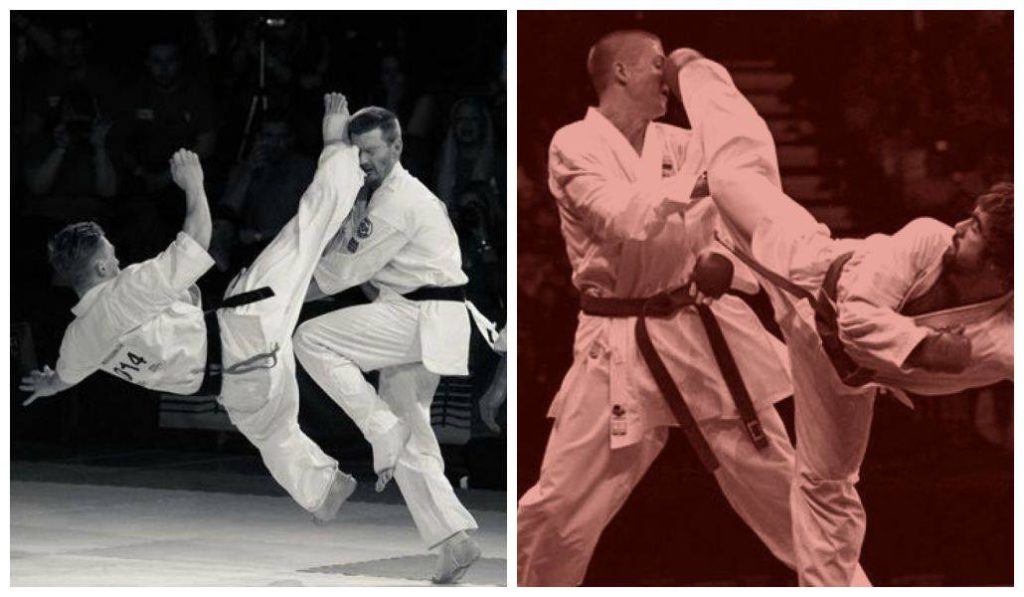
We often encounter floating words about the current trending martial arts and this strikes a common platform for socializing – nearly quite the same as soccer. Would there be this day, where gyms turn into what we have always known of football clubs, and would the fighters be idolized like football players too?
* Interesting fact about Karate – sparring was originally not part of Karate training. It was said some of the karateka were “ousted from their dojo because they adopted sparring…”
There are many forms of fighting styles and competition formats around, across various types of martial arts. Today’s discussion would be the differences between full contact fighting style and semi contact fighting style in Karate.
SEMI CONTACT KARATE
Protectors are used and enforced.
Semi Contact Karate usually involves the usage of accumulated points to decide the winner. In a single bout upon execution of an effective technique that calls for points accreditation, the referees pauses the match and award the points in accordance to the techniques used.
Karate Styles:
• Shotokan
• Shito-ryu
• Goju-ryu
• Wado-ryu
The area allocated for the sparring competition is usually fixed at 8m x 8m.
The two karateka will be placed in the middle of the arena, spaced at 1m apart from each other. There are variations between colors used to differentiate the participants, typically Aka (Red) and Ao (Blue) or Aka (Red) and Shiro (White).
The referees include 1 chief referee, 4 corner referees and 1 mirror referee.
Criteria for a technique to be awarded with points:
• Good form
• Sporting Attitude
• Vigorous Application
• Awareness / Zanshin
• Timing
• Distance
Scoring Areas include:
• Head / Face
• Neck
• Body
• Abdomen
• Back
Prohibitions
• Uncontrolled techniques
• Attacks to beyond scoring areas
• Unnecessary sweeps / Incomplete sweeping technique
• Grappling, Grabbing, Clinching
• Dangerous throws
• Moving beyond fight area
• Intentional avoidance to attack or defend
• Unsporting behaviour
• Disobedience to commands
• Over-excitement or aggression which poses a potential danger to opponents
**Note: There are a number of variations to the competition rules out there. For simplicity sake of this discussion article, the explicit rules will not be mentioned.
Decision of winner is typically based on participant’s accumulated points in that match with comparison to his opponent’s points, or in the event one of the participant’s score reaches a huge gap compared to his opponents – he would have won by default. The winner can also win in the event his opponent can no longer participate in the match.
FULL CONTACT KARATE
No protectors or guards are used, with exception to groin guards.
Full contact Karate or “Knockdown Karate” originated from Kyokushin Karate which advocates full-force sparring and physical toughness. Similarly, during the bout, if an effective technique has been applied that calls for points accreditation, the match will be paused momentarily.
Other Knockdown Karate styles that originated from Kyokushin Karate include:
• World Oyama Karate
• Ashihara Karate
• Enshin Karate
• Shidokan
• Seidokaikan
• Shinkyokushin
In Full Contact Karate, the points system is relatively simple – whoever achieves Ippon (one point) will win the match.
An Ippon can be achieved via:
• The accumulation of 2 Waza-Ari (half point)
• An attack that knocks down the opponent for more than 3 seconds
• A legal technique that renders the opponent being reluctant to continue the fight
• Disqualification
In the event where no immediate victories or knockdowns occurred, the winner will be decided by 4 corner referees and 1 main referee, in consideration to previous Waza-Ari, fouls, overall efficiency of techniques, force and dynamics. Draws will lead to time extensions and consecutive draws will lead eventually to victory decision via Tamaeshiwari (Breaking of tiles)
Prohibitions
• Punches to the face
• Kicks to the groin
• Grappling, grabbing of any form
• Headbutts
• Kick to knee
• Kick to rear of head
• Pushing
• Strike to spine from rear
• Elbow to face
This wraps things up for a bit, an entry-level understanding about the differences between full contact Karate and semi contact Karate.
by Martial Arts Backyard


